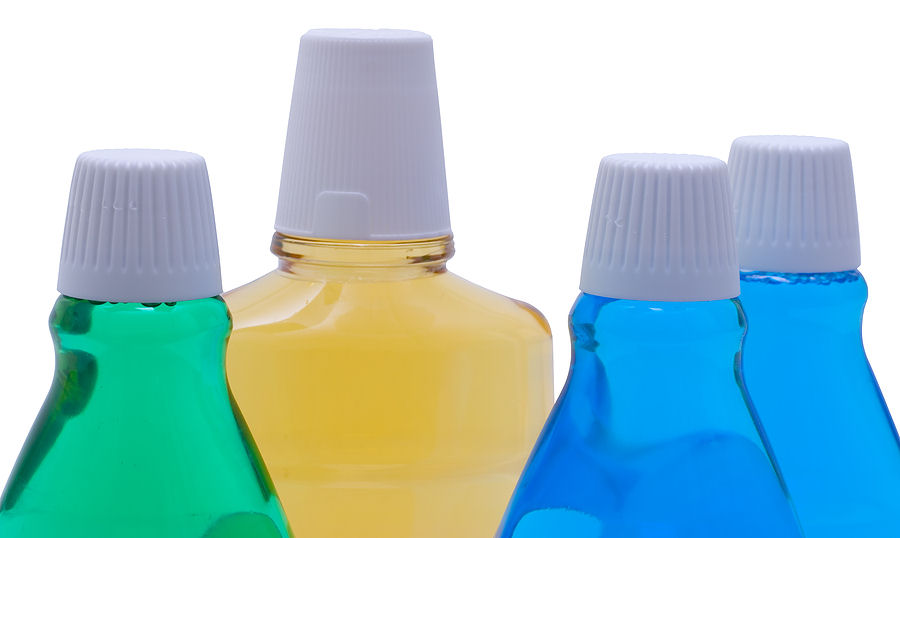
We have made it through toothbrushes and toothpaste, dental floss and oral irrigators. Now let’s jump into the big, minty pool of mouthwashes.
Mouthwashes differ based on the type of ingredients. Each delineation is made to treat a specific dental concern. Below we will examine some concerns that can be addressed by choosing the right mouthwash.
Halitosis (Bad Breath)
Mouthwashes that contain chlorine dioxide are best suited for the treatment of bad breath. This chemical is an oxidizing agent and provide little other oral benefits. For individuals with an otherwise healthy mouth, a mouthwash containing chlorine dioxide will eliminate bad breath.
Gingivitis
This is the big one. There are two main categories when it comes to mouthwashes that fight gingivitis: 1st generation and 2nd generation. Both are antibacterial mouth rinses and both will fight bad breath in addition to aiding in the fight against gingivitis. 1st generation mouthwashes contain essential oils. They are available over-the-counter and require more frequent use than 2nd generation mouthwashes.
2nd generation mouthwashes have proven substantivity; meaning that they are proven to remain in the mouth over an extended period of time and to remain effective during that time. A common ingredient in 2nd generation mouthwashes is chlorhexidine. 2nd generation mouthwashes are not available over-the-counter and require a prescription for use.
Plaque Build-Up
A pre-brushing rinse benefits individuals that frequently have an abnormal amount of plaque build-up. These rinses generally contain the ingredient sodium benzoate which acts as a wetting agent. It is available without a prescription but should not be used by individuals on a salt-restricted diet
Tooth Decay
Mouthwashes that contain stannous fluoride are shown to reduce the incidences of tooth decay with frequent use. Stannous fluoride is more effective than sodium fluoride (the ingredient commonly found in toothpaste) but when over used, stannous fluoride can cause staining
Some mouthwashes contain an alcohol extracted from the Sanguinaria Canadensis plant. These mouthwashes are also available without a prescription and while not as effective as those containing chlorexidine, they have been shown to retain effectiveness for two to four hours.
A third type of mouthwash in this category is those containing quaternary ammonium. These are not widely recommended as their effectiveness has not been proven.
The frequent use of mouthwash will freshen breath and may aid in reducing the development of plaque and gingivitis. Speak to your dentist or hygienist regarding the best toothpaste for you.

